Log in or create new account to save this product to your wishlist.
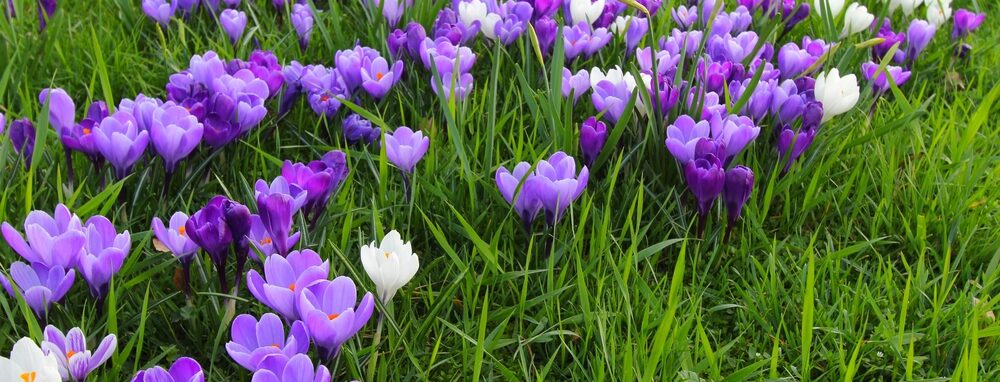
Gardening in February: A Comprehensive Guide
Winter is nearing its end in February, and the garden is starting to wake up. Prepare for sowing, planting and pruning with our February garden calendar.
🌱 All important maintenance moments for your lawn during the year. Leave your email and we will send you the lawn calendar for free.
Enter your email
Receive the lawn calendar in the mail
Enjoy a green lawn all year round!

- Order by 2PM = shipped today
- 250.000+ satisfied customers!
- 60 day satisfaction guarantee
February marks the end of winter and is a crucial month for gardening. Although it can still be cold, there are many gardening tasks you can perform in this month to prepare your garden for spring. We’ll tell you everything you need to know about gardening in February.
Gardening in February: what to do?
In February, there are specific gardening chores to keep your garden healthy and flourishing.
Firstly, it’s essential to tidy up your garden and remove dead plant remains to prevent diseases and pests. Don’t forget to clean and maintain your garden tools. If your tiles could use a scrub, this is a good time. If you have winter cover, you can remove it at the end of this month.
Another important task is spreading lime in your borders, vegetable garden, and lawn. Do this before mid-February to prepare your garden for spring and balance the acidity.
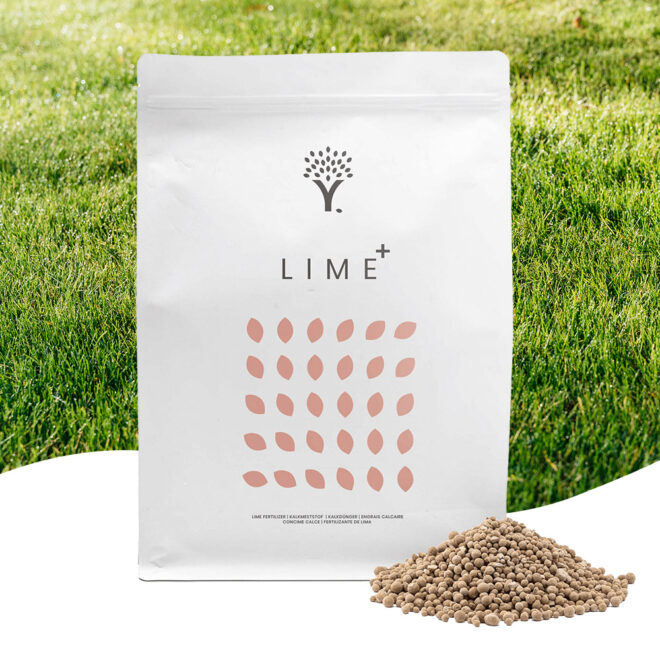
- Reduces soil acidity
- Enriches the soil composition
- Promotes nutrient absorption
Also, spreading well-rotted compost wakes up your garden from its winter slumber and gives it that extra boost for all the new life that is about to come or is already there. From February onwards, the first crocuses, daffodils, and snowdrops start to appear. Provide your lawn with a thin layer of compost as well.
The first signs of spring
February is a great month to think about your garden design and plan any adjustments or improvements.
If you plan to establish a new lawn, this is the month to start digging and levelling the ground. You can select a grass seed to order. Starting from mid-March, you can begin the installation.
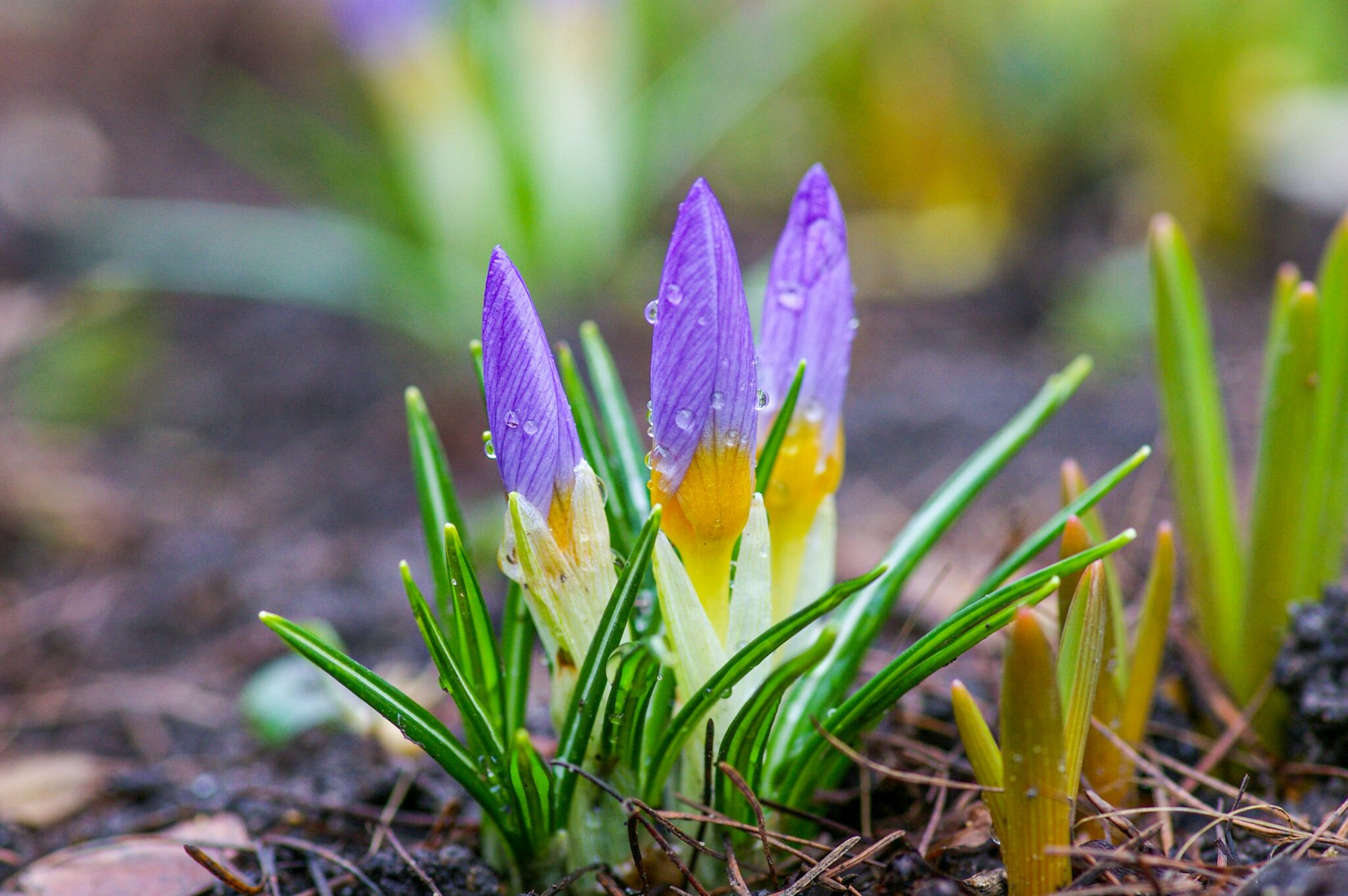
Sowing in February
February is the perfect time to sow seeds for a bountiful harvest in spring. Although it might seem too early to sow, several vegetables and flowers can be sown in February (some indoors in seed trays and pots). Think of peas, carrots, lettuce, radishes, and pansies.
Make sure to choose seeds suitable for early spring and follow the instructions on the packaging for the correct sowing depth and spacing. Flowers that can be sown indoors in February include salvias, snapdragons, lobelias, and petunias.
While it’s a bit too early to sow in February, ordering summer bulbs is a handy to-do for this month. Let the anticipation begin!
Planting in February
February also provides the opportunity to add new plants to your garden. Although most plants are still dormant, some can already be planted. Consider perennials like lavender, sage, and sedum. These plants are hardy and can withstand the cold temperatures of February. Ensure you follow the right planting depth and spacing and water them regularly during dry periods.
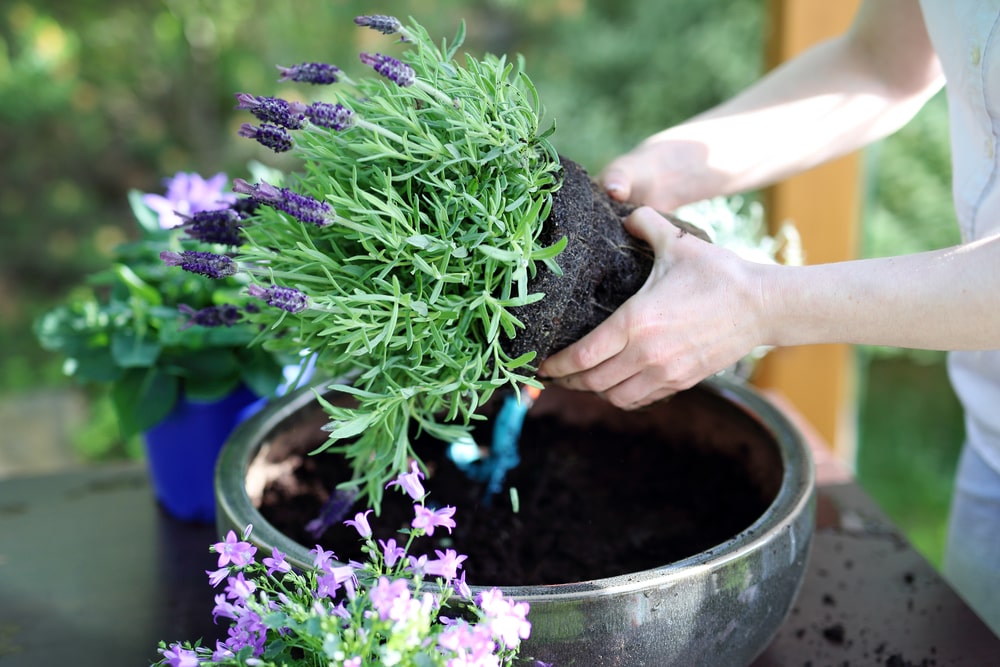
As long as it doesn’t freeze, February is a perfect month to plant deciduous hedges. Always plant shrubs and trees with bare roots as soon as possible. Only if it freezes, it’s better to wait and temporarily bury the plants with their roots.
Garden Maintenance in February
February is the perfect time to prepare your garden for the upcoming growing season. One of the essential tasks is pruning trees, shrubs, and climbing plants.
Pruning in February promotes the growth of healthy plants and vibrant flowers in spring. Remove dead branches and overlapping branches to improve air circulation. Make sure to use sharp and clean pruning tools to prevent damage to the plants.
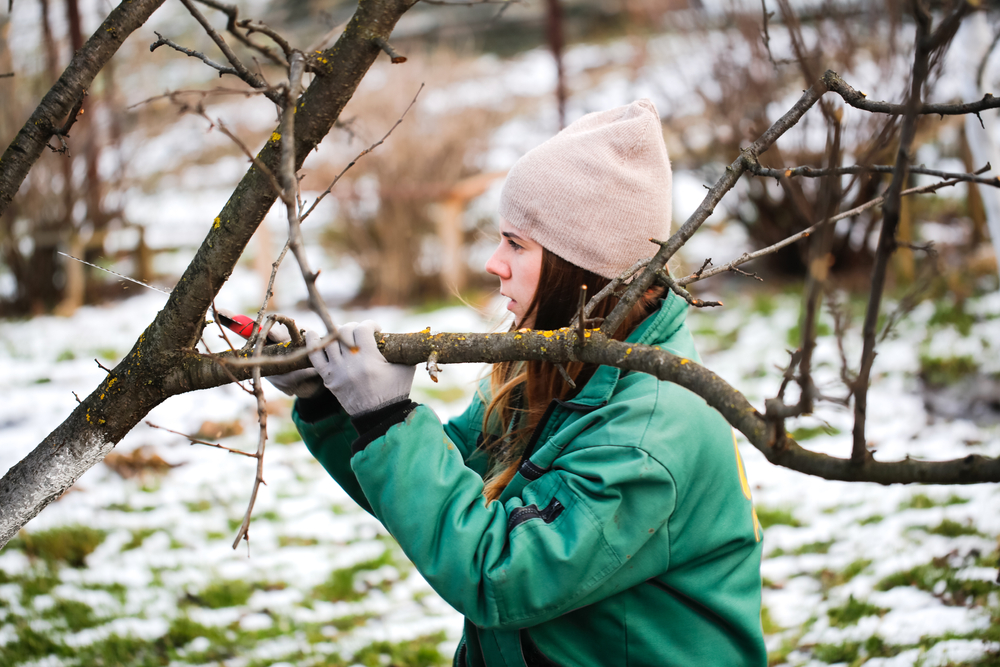
Vegetable garden in February
If you have a vegetable garden, February is an important month to prepare for the upcoming season. Begin by enriching the soil with compost. Compost adds nutrients to the soil and improves its structure. If you want to grow cabbage varieties, February is a good time to spread lime in this part of your vegetable garden.
Also, check for weeds and remove them carefully. Weeds can compete with your vegetables for nutrients and water, so it’s crucial to remove them on time.
You might not say it right away, but February is also a month for harvesting. You can harvest winter classics like Brussels sprouts and kale this month.
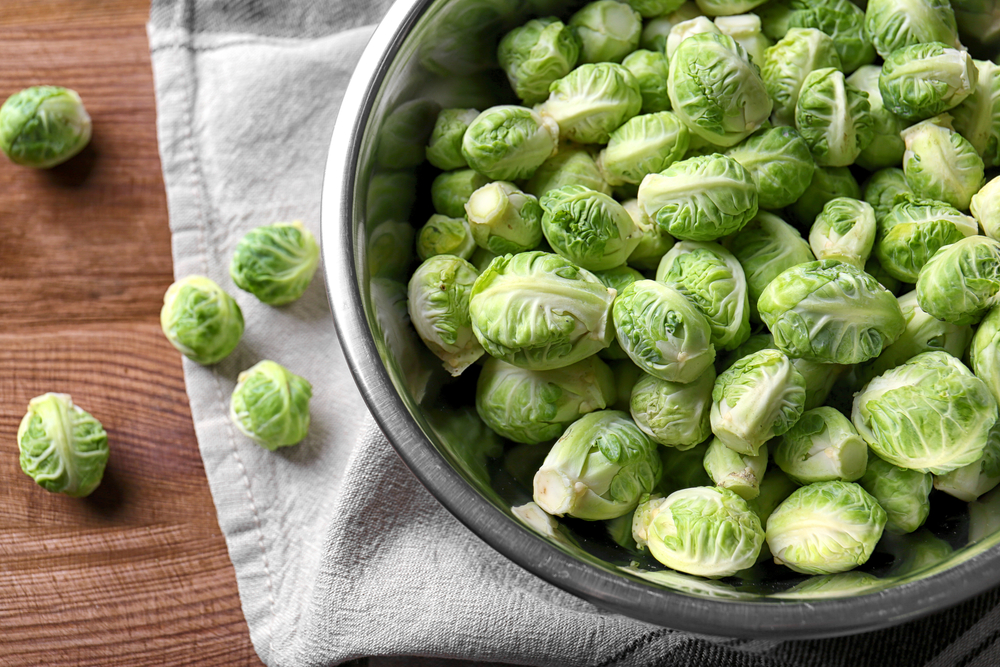
Tips for successful gardening in February
To successfully garden in February, here are some handy tips:
- Protect your plants from frost by covering them with garden fleece or straw.
- Only water your plants if the soil is dry.
- Overwatering can cause root rot.
- Keep an eye on the weather forecast and protect your plants if necessary from sudden frost or extreme cold.
- Regularly check for pests and diseases.
- Take appropriate measures to control them if needed.
Common challenges this month
Gardening in February can bring some challenges, such as unexpected frost or pests. It’s essential to be flexible and find solutions to these challenges. In case of frost, you can cover your plants with garden fleece to protect them.
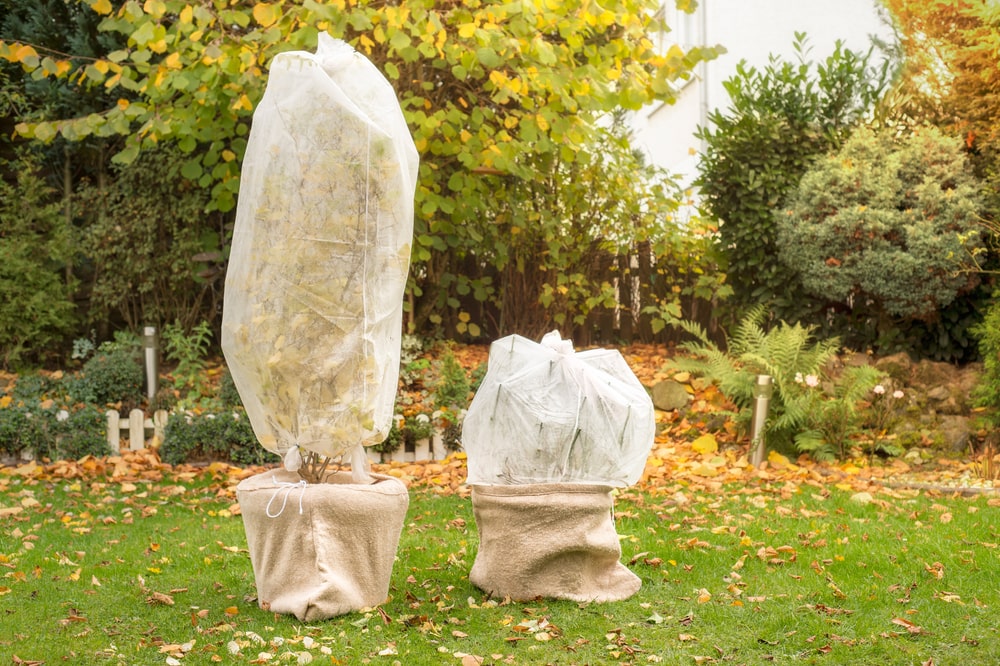
If you’re dealing with pests, you can try natural control methods, such as using insecticidal soap or introducing beneficial insects or nematodes to your garden.
Gardening calendar February: bring on spring!
February is a crucial gardening month, laying the foundation for a beautiful and productive spring garden. By performing the right tasks, such as sowing, planting, and pruning, you can ensure your garden is full of life and color when spring arrives.
Happy gardening!
-
Zero-Waste Gardening – This is How You Do It!Did you know that the average person wastes between 100 and 150 kilos of food every year? That's why the concept of zero-waste gardening is becoming increasingly important for environmentally conscious gardeners that like to do their gardening greener.Read more
-
How to Master Tree Pollarding: A Practical GuidePretty dense! What might be an insult to some, is certainly a compliment to trees. Through pollarding, you can make sure, your trees have a dense crown of beautiful leaves.Read more
-
Get Ready: Here are 5 Garden Trends for 2025Curious about the latest garden trends for 2025? From smart solutions to sustainable choices, discover all the outdoor trends that are transforming British gardens!Read more
-
How to Grow Sweet Potatoes in Your GardenWant to know something splendid? A single sweet potato plant can produce 5 to 10 pounds (4.54 kg) of nutritious tubers—plenty to keep your family’s pantry well-stocked for weeks!Read more
-
Revive Your Lawn After Winter With These Easy StepsTired of winter lawn damage? Discover how to repair brown spots, remove weeds, and revitalise your grass for a thriving garden this spring.Read more
-
How To Get Rid of Japanese Knotweed EffectivelyLearn to recognise Japanese knotweed quickly and control it effectively. Prevent damage to your garden with our tips for safe removal.Read more
-
Tree Sapping: Why Can Trees Bleed After Pruning?Tree sapping explained: Learn why some trees bleed sap after pruning and how to manage sap flow to keep your trees healthy.Read more
-
Hydroculture: What is It & How Does It Work?Want healthier plants with less effort? Discover the benefits of hydroculture and how easy it is to set up your own system.Read more
Leave a comment
Your answer will be displayed on the site and the interested party will be notified by email.
Leave a comment
Have a question or want to share your experience? Leave us a comment.

- Order by 2PM = shipped today
- 250.000+ satisfied customers!
- 60 day satisfaction guarantee

- Order by 2PM = shipped today
- 250.000+ satisfied customers!
- 60 day satisfaction guarantee

🌱 All important maintenance moments for your lawn during the year. Leave your email and we will send you the lawn calendar for free.
Enter your email
Receive the lawn calendar in the mail
Enjoy a green lawn all year round!





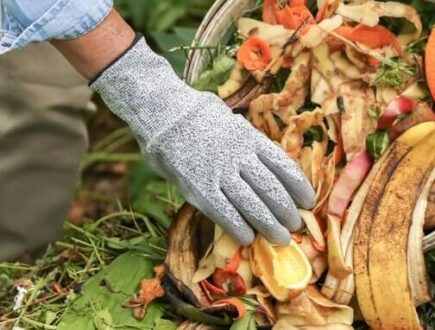

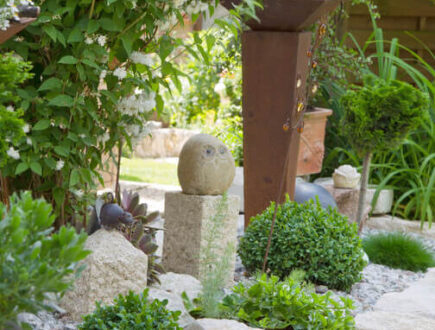
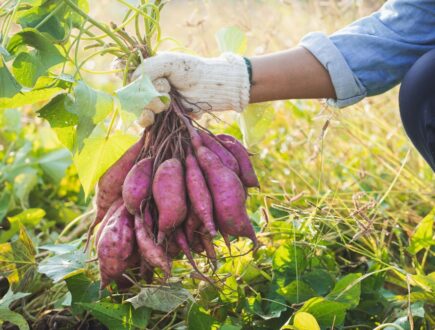
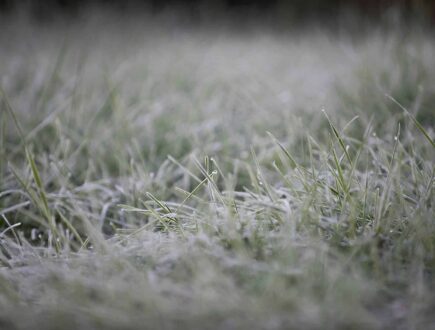
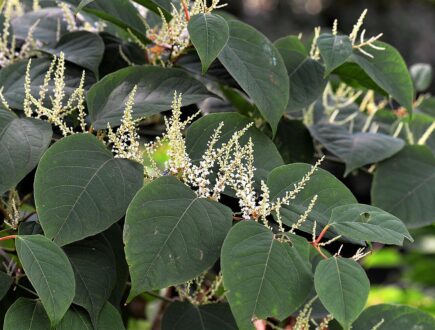
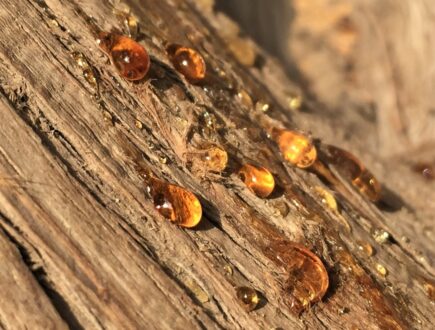
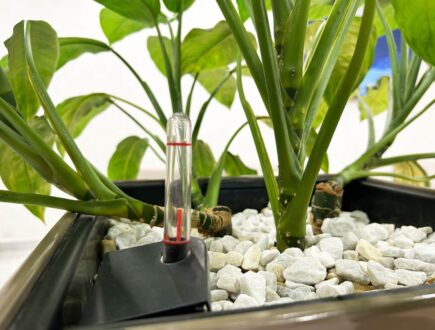









Comments (0)
There are no comments yet. Well then, what are you waiting for to
Be the first to write your comment!inaugurate this pretty page?
Do you have some comments?